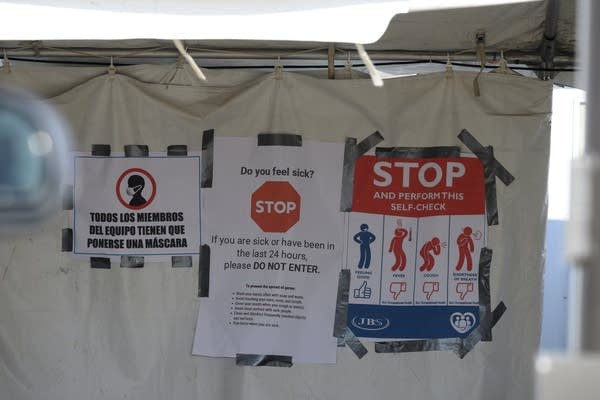Four ways COVID-19 has hit different parts of Minnesota

COVID-19 signage at the employee entrance of JBS USA plant in Worthington, Minn., in April. The pandemic has touched all but one of Minnesota’s 87 counties — but it hasn’t hit all parts of the state equally. Southern Minnesota, where the pork processing plant is located, has been hit hard by the virus since April.
Aaron Lavinsky | Star Tribune via AP file
Go Deeper.
Create an account or log in to save stories.
Like this?
Thanks for liking this story! We have added it to a list of your favorite stories.


